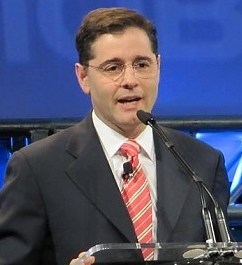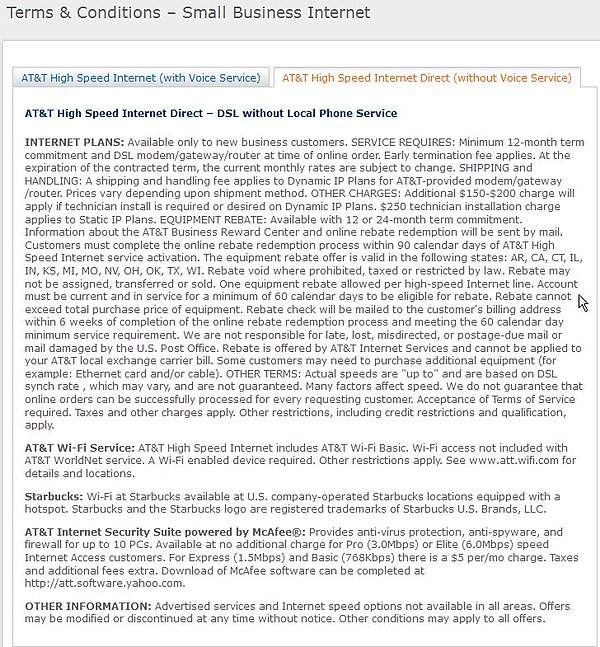 AT&T has a deal for first responders.
AT&T has a deal for first responders.
Where cell service is wiped out in a natural disaster (or doesn’t provide adequate coverage even when it does work), the phone company is willing to sell emergency officials their own AT&T mini-cell-tower site — for up to $45,000, not including ongoing monthly service fees.
The Remote Mobility Zone is a briefcase-sized portable cell tower that will typically provide service for a dozen or more concurrent callers over AT&T-licensed spectrum. The company sells the equipment, but buyers still have to pay a monthly service charge, users must have a qualifying AT&T voice plan, and the data service that comes with it operates at slower-than-3G speeds.
“In the pivotal first minutes of a natural or man-made disaster, AT&T Remote Mobility Zone provides a solution to help maintain critical mobile communications,” said Chris Hill, vice president, Advanced Mobility Solutions, AT&T Business Solutions. “With AT&T Remote Mobility Zone, users can set up a cell site in less than 30 minutes.”
That’s much faster than AT&T can fix their own cell sites when they go offline in a disaster.
A consultant to first responders, Jim Davis, tells Stop the Cap! the portable cell tower may sound like a good idea, but will meet resistance because of the “optics” of taxpayers paying for private cell phone company equipment.
“You are effectively asking taxpayers to pay for AT&T cell towers, and that is going to present a political problem in a lot of areas,” Davis tells us. “What is even harder to justify is the fact AT&T charges monthly service fees from the moment the device ships, whether you use it or not — and the service only works with AT&T GSM cell phones, which is fine as long as fire and EMS rescue services are equipped with those phones, and many are not.”
Davis tells us Sprint/Nextel has a significant portion of the cell-phones-for-emergency personnel-market, especially in the east.
“Sprint aggressively prices their services to this market, and their phones won’t work on AT&T’s cell site.”
Davis says the Remote Mobility Zone is likely to present a better fit in the corporate world, especially in the energy sector.
“This device makes sense if you are hydrofracking for natural gas in Pennsylvania, or drilling for oil in Wyoming, or even on an oil drilling platform,” Davis says. “Those installations are up and running for longer periods of time and are in relatively narrow spaces, perfect for AT&T’s half-mile service area using this device.”
“AT&T is going to have to market this very carefully, because the company is effectively selling a product to cover gaps that AT&T has created themselves either through inadequate coverage or damaged cell towers they should be responsible for fixing fast enough to negate the need for this product.”


 Subscribe
Subscribe







